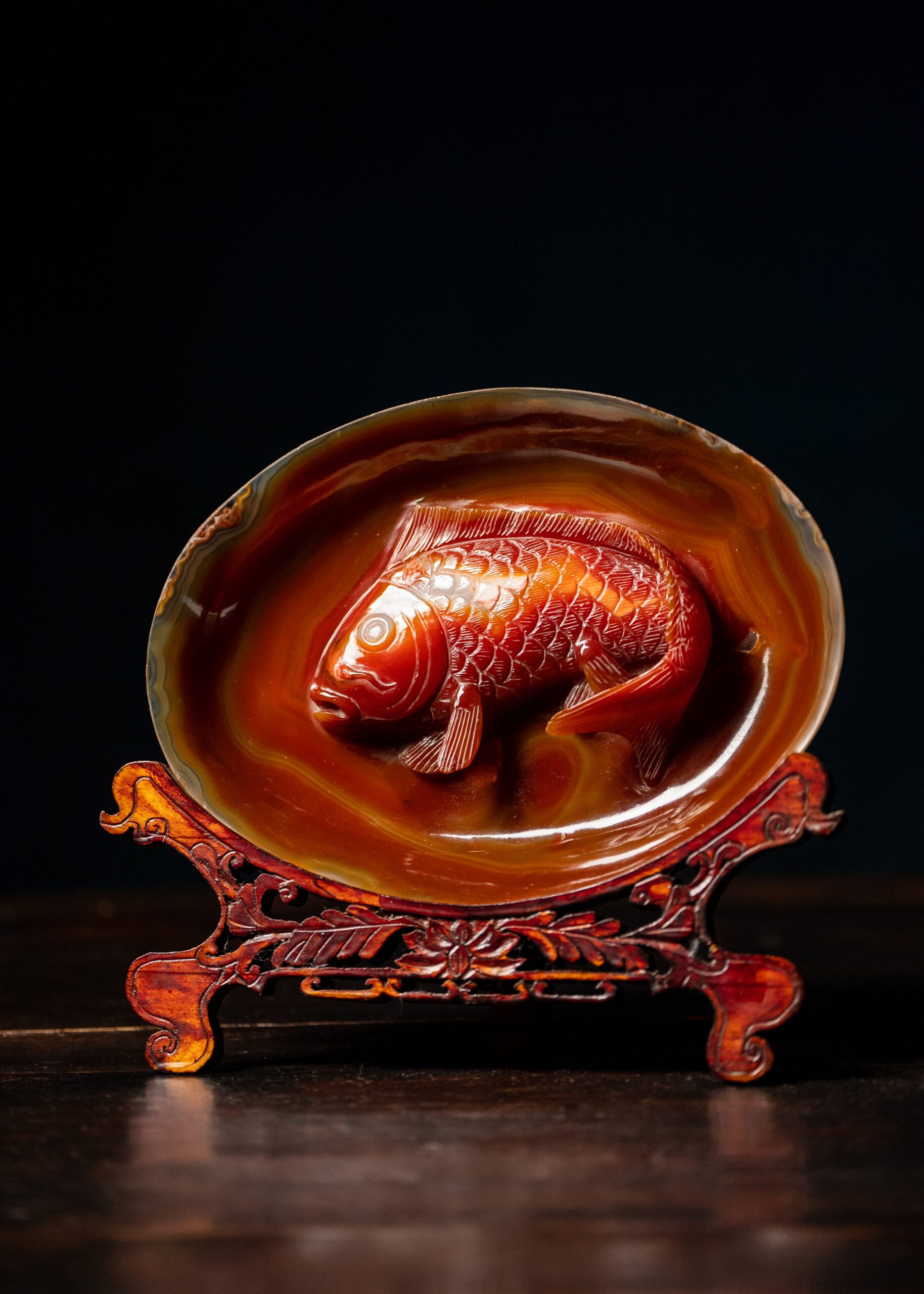news
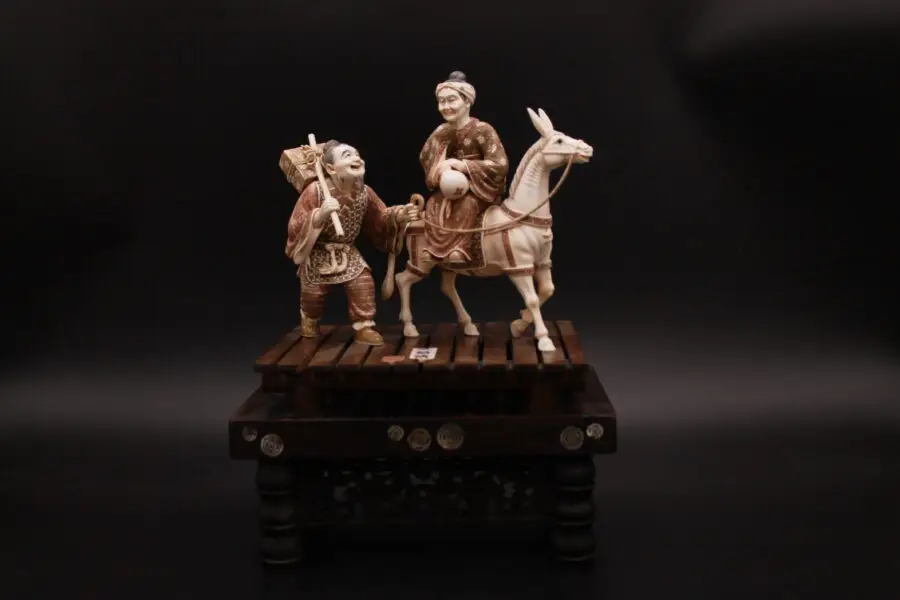
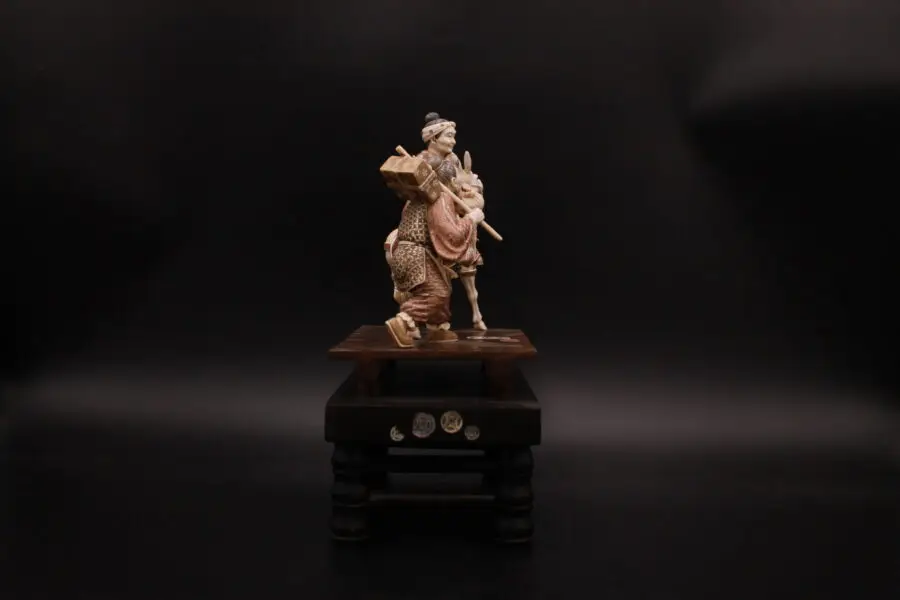
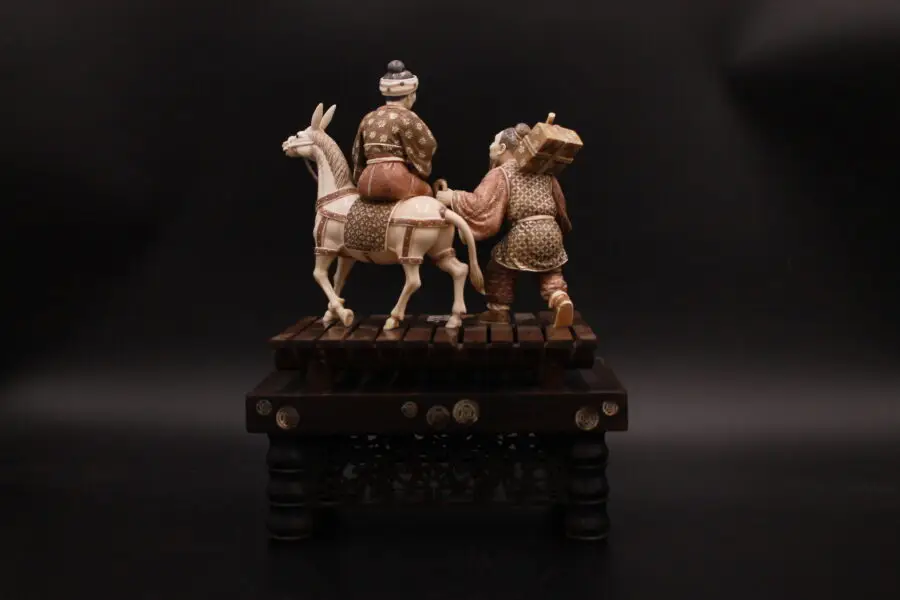
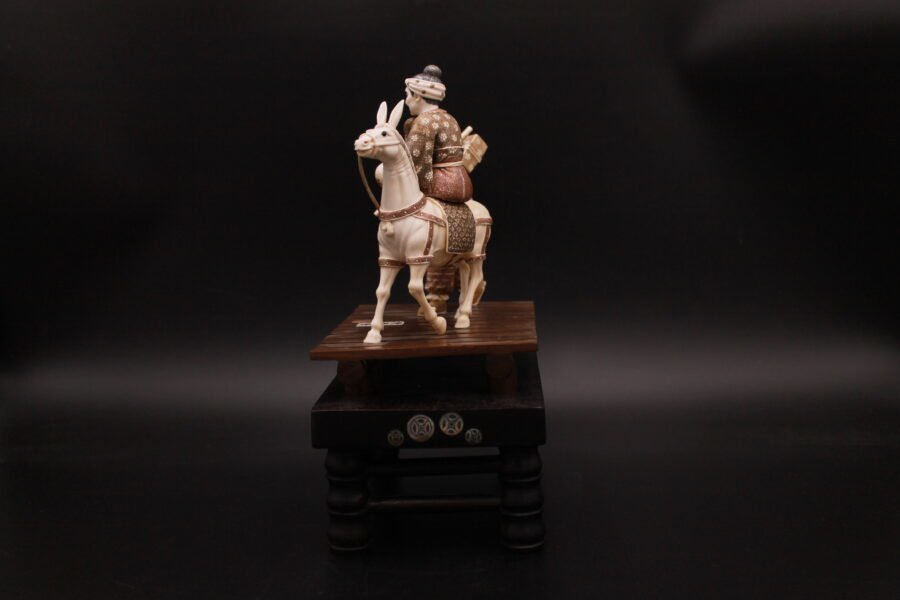
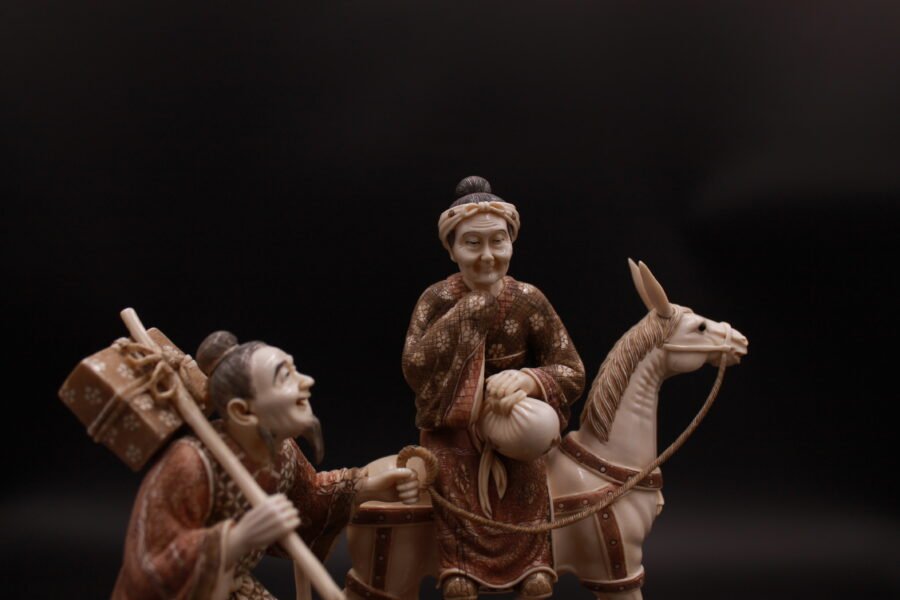
Our Long Journey
A sculpture carved from mammoth ivory, a rare and precious material, a relic of an ancient time.
She, radiant, seated on a mule, carrying only a modest bundle. Childless, free from all ties.
He, walking by her side, a staff in hand, bearing a small chest—perhaps the casket of their fortune. With a steady hand, he holds the reins, tracing their shared path.
A scene of touching simplicity, where a sublime happiness unfolds…
If interested contact us on: contact@art-tresorient.com






The Masks of Life
“An Eastern Pygmalion”.
Pygmalion, a genius artist, crafted with his own hands a sculpture of a woman so perfect that he fell in love with her. Hoping to see his work come to life, he beseeched Venus, his mother, to breathe a soul into it. Perhaps it was with a touch of divine magic… or perhaps with a hint of artificial intelligence?
If interested contact us on: contact@art-tresorient.com
Read more
Upon returning to his studio, Pygmalion discovered that his sculpture had indeed come to life. He named her Galatea. As she awakened for the first time, she looked up, seeing both the light of day and the face of her creator, now also her husband.
The owners of TresOrient share this passion for exceptional works, where beauty and mystery intertwine. Some pieces in their collection almost seem to possess a life of their own, blending the delicacy of art with the power of myth.
Crafted from bone, it embodies a respectful approach to natural materials while retaining a refined aesthetic.









A Fantastic Jade
This remarkable celadon jade piece, originating from the Xinjiang region, is an exceptional example of Northern Chinese craftsmanship from the late 19th to early 20th century. Carved from a single block of jade, a precious stone with a hardness of 6 to 6.5 on the Mohs scale, the sculpture demonstrates both technical mastery and the refined aesthetics characteristic of Chinese jade art.
The jade used here displays a silky, lustrous texture, often referred to as “mutton fat,” while retaining the luminosity that is typical of the finest Chinese jades. The work stands out with intricately carved details, such as elaborate chains and rings, all made from the same piece of stone, showcasing exceptional technical virtuosity. These suspended elements evoke lightness and fluidity, contrasting with the solidity of the material.
If interested contact us on: contact@art-tresorient.com
Read more
The artist skillfully incorporated the jade’s natural features, leaving visible brownish traces in certain areas, such as on the tail and head of the creature. These marks are remnants of the outer layer of raw jade, a deliberate homage to the natural beauty and authenticity of the stone.
The subject of the sculpture is particularly fascinating: it depicts a fantastical animal resembling a camel, but with ears reminiscent of those of elephantids, or more precisely, mammoths.
This unique iconography could suggest that the sculptor drew inspiration from the genetic similarity between the mammoth and the camel, particularly in their kidneys. This bold fusion of realism and mythology gives the piece its distinctive character.
The sculpture embodies a subtle harmony between ancient tradition and artistic innovation, further enriching the already rich heritage of Chinese jade sculpture.
- All
- SCULPTURES
- TAPESTRIES / RUGS

